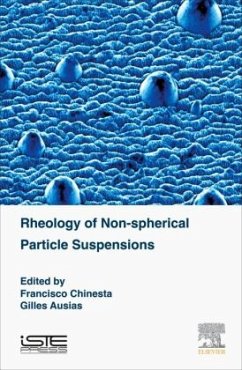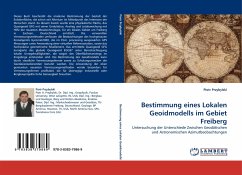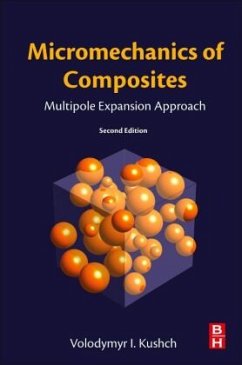
Poinsot's Ellipsoid
Versandkostenfrei!
Versandfertig in 6-10 Tagen
23,99 €
inkl. MwSt.

PAYBACK Punkte
12 °P sammeln!
Please note that the content of this book primarily consists of articles available from Wikipedia or other free sources online. In classical mechanics, Poinsot''s construction is a geometrical method for visualizing the torque-free motion of a rotating rigid body, that is, the motion of a rigid body on which no external forces are acting. This motion has four constants: the kinetic energy of the body and the three components of the angular momentum, expressed with respect to a laboratory frame. The angular velocity vector omega of the rigid rotor is not constant, but satisfies Euler''s equatio...
Please note that the content of this book primarily consists of articles available from Wikipedia or other free sources online. In classical mechanics, Poinsot''s construction is a geometrical method for visualizing the torque-free motion of a rotating rigid body, that is, the motion of a rigid body on which no external forces are acting. This motion has four constants: the kinetic energy of the body and the three components of the angular momentum, expressed with respect to a laboratory frame. The angular velocity vector omega of the rigid rotor is not constant, but satisfies Euler''s equations. Without explicitly solving these equations, Louis Poinsot was able to visualize the motion of the endpoint of the angular velocity vector. To this end he used the conservation of kinetic energy and angular momentum as constraints on the motion of the angular velocity vector omega. If the rigid rotor is symmetric, the vector omega describes a cone. This is the torque-free precession of the rotation axis of the rotor.












